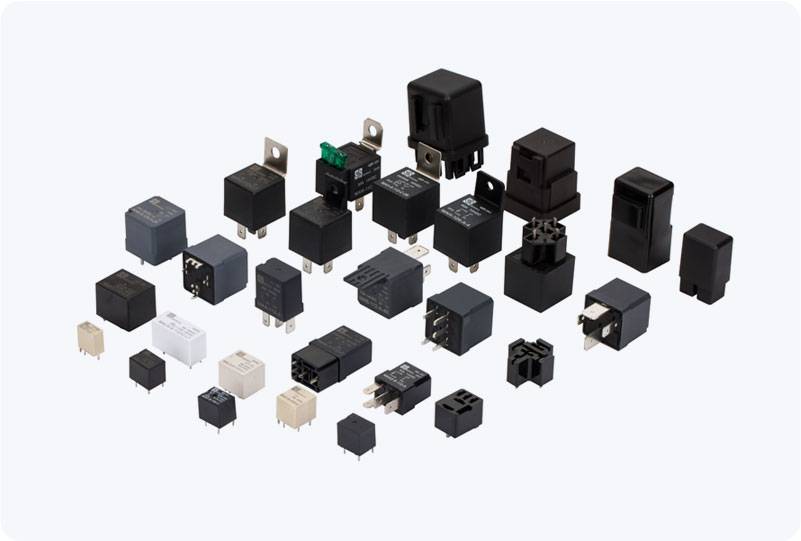Vacuum Arc Extinguishing Relay (VAER) represents a significant advancement in the field of electrical engineering, particularly in power systems where reliability and efficiency are paramount. This innovative device employs the unique properties of a vacuum to extinguish electric arcs that can occur when electrical contacts separate. This article delves into the principles, characteristics, advantages, and applications of the Vacuum Arc Extinguishing Relay, highlighting its importance in modern electrical systems.

Working Principle The operation of the Vacuum Arc Extinguishing Relay revolves around the behavior of electric arcs in a vacuum environment. When electrical contacts within the relay are forcibly separated, a sudden increase in electrical resistance occurs, leading to the formation of an arc. In typical conditions, this arc provides a low-resistance path for current, making it challenging to interrupt the flow of electricity. However, in a vacuum, the dynamics change dramatically. In the absence of gas molecules, the vacuum significantly reduces the heat and pressure around the arc, making it difficult for the arc to sustain itself. As the contacts continue to separate, the absence of ionizing particles in the vacuum leads to rapid cooling and a decrease in energy, ultimately extinguishing the arc. Once the arc is extinguished, the vacuum environment allows for quick recovery of insulation properties, effectively interrupting the electrical circuit and protecting the connected equipment.